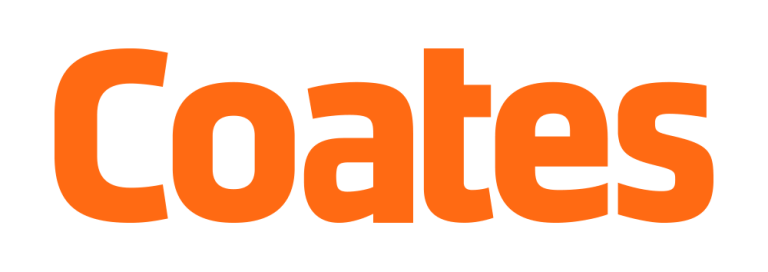Integrating Building Information Modelling (BIM) into design and construction temporary works can streamline project operations, prevent cost blow-outs and support greater safety and design efficiencies.
Though there is no doubt that the many benefits of BIM are widely understood throughout the construction industry, there remains one corner that is yet to fully embrace the technology.
While BIM has been widely embraced in architectural and structural design, its integration in temporary works design remains in its infancy in Australia.
David Dragicevich, National Technical Engineering Manager at Coates, says there is an industry-wide lack of awareness on the advantages of BIM applications in temporary works.
But that is about to change, with Coates Engineering Solutions launching BIM capabilities for its most popular temporary works products later this year.
Potential to turbocharge demand for BIM tools in temporary works design
Despite being available over the past two decades, uptake in Australia has been sluggish compared to other countries, but that trend is slowly reversing, Dragicevich says.
He says temporary works engineers and design technicians who are responsible for temporary works safety and efficiency were sometimes less familiar with BIM software tools.
But with temporary works often relying on 2D drawings, they can easily become disconnected from the permanent works design. Failing to incorporate temporary works into the 3D project design model or integrating them late in the process can be time-consuming, creating difficulties in visualising how they fit into the overall design and construction sequence.
There was potential for greater coordination with other project stakeholders who used BIM to improve efficiencies in design and construction processes, Dragicevich says.
Ideally, temporary works should be considered during the design phase. Modelling temporary works with full visibility of the permanent works can help identify any potential design or component clashes that may disrupt their construction.
Being able to identify these issues early means design fixes can be made early and effectively. On the other hand, discovering them late or on-site can mean significant disruption to project schedules and rework.
Improved visibility of the end-to-end construction sequence provides assurance to all project partners of a more seamless, coordinated and efficient approach
Coates aims to accelerate temporary works innovation
Coates recognised the need for BIM in temporary works after a consultancy developed its own BIM content for Coates’ products. Coates then engaged a specialist content creator to develop high-standard BIM models that could be used across the industry.
The aim is to make sure its digital models are user-friendly, easy to use, accurate, and detailed.
“We’ve had feedback about other suppliers where they’ve put content out there, but the industry doesn’t use it because it’s too difficult to work with,” Dragicevich says.
Coates plans to educate the industry on the benefits of BIM tools that specifically cater to temporary works design and demonstrate how they can strengthen safety, efficiency and project outcomes.
“We want to make sure that when consultants and architects use our content, it offers a good user experience so they use it again and again,” he says.
“We’re now seeing increased customer demand for digital models of our products, and BIM integration is increasingly specified as a supplier requirement in Tier 1 contract tenders.”
Coates’ initial release will include BIM-compatible CAD models for Coates’ Universal Prop System, the award-winning Quadshore propping system, Dono Brace and Tilt Prop range. These models will be available for free download from the Coates website, providing valuable support throughout all stages of temporary works, including project BIM development.
The company hopes to play a pivotal role in accelerating digital innovation in temporary works design and construction and help transform Australia’s construction industry.
As Dragicevich says: “There’s a lot of technological innovation available that could be used in construction in general and have a lot of positive benefits.”
BIM content will be available for download from coates.com.au later this year. Call (02) 8796 5000 or email engineeringsolutions@coates.com.au for more information.

